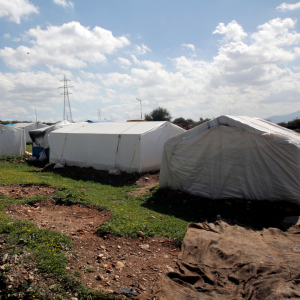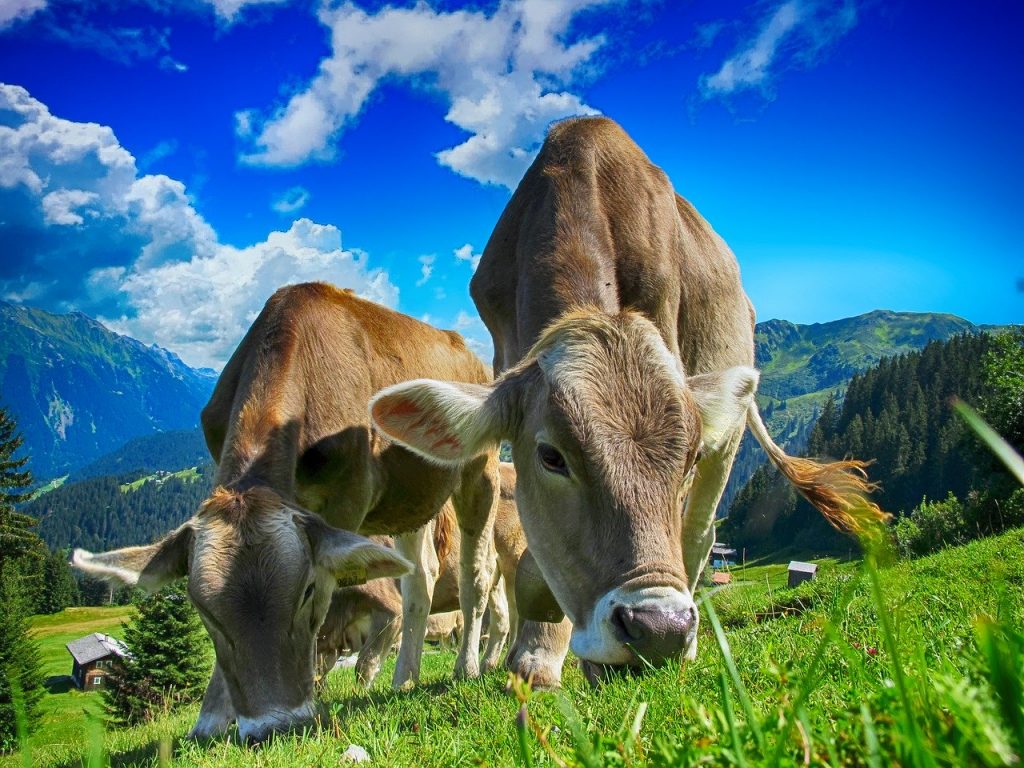
- Industries
Case Studies
Industries
- How It Works
- Contact
- About Us
- Alliances
In a food processing facility in the Salt Lake area, 130,000 gallons of wash-down and process water are sent to the sewer every day. This costs $175,000 in new water costs and $350,000 in sewer each year. Additionally, the plant has significant electrical and natural gas costs to run pumps, heaters, and coolers–the natural gas used to run the heaters costs another $60,000/yr.
Wash-down water from this facility contains 3,300 lbs./day of fats, sugars, and proteins which could fuel a 200 kW SREUS unit converting all 130,000 gallons per day into drinking grade RO water plus 5,760 gallons/day of sterile distilled water for final CIP (Clean In Place).
In this model, most of the energy is used to clean the water, but $45,000 in electrical savings could also be produced for the plant each year.
Between water, sewer, electrical, and water heating, the plant could save $643,500 annually using a SREUS system.

One man’s trash is another man’s treasure. Well, in this instance, perhaps your trash could be your treasure… When it comes to producing power and clean water using the SREUS system, there are many fuels that can power it:
We would love to discuss how this technology could benefit your industry!
Copyright 2020 SREUS Energy All rights reserved